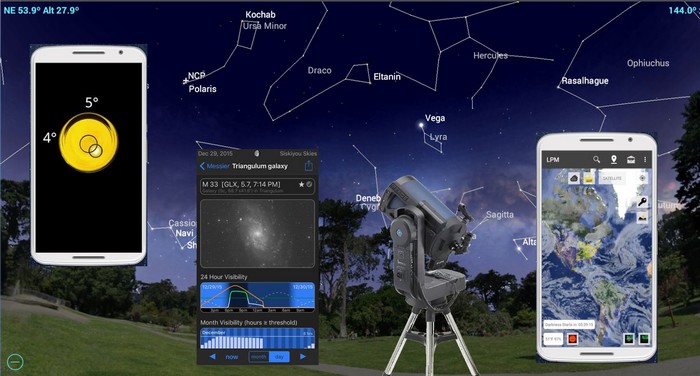Discover the different types of earthquakes and their impacts
Earthquakes are powerful and fascinating natural phenomena that can have major impacts in different parts of the world. There are several types of earthquakes, each with unique characteristics and specific generation mechanisms. Understanding these seismic varieties is critical to analyzing the associated risks and developing efficient mitigation strategies.
Fault earthquakes are one of the most common and occur when the release of accumulated stress along a geological fault causes an abrupt movement. These faults are fracture zones where tectonic plates meet and eventually move, resulting in significant tremors.
In addition to the more well-known types, there are other less common categories of earthquakes, such as collapse, induced and volcanic earthquakes. Collapse earthquakes occur when underground geological structures, such as caves, collapse, causing localized tremors.
What types of earthquakes are there?
There are several types of earthquakes that occur in different geological contexts around the world. One of the most common types is the fault earthquake, which occurs when there is displacement along a geological fault. These faults are rift zones where tectonic plates meet and move slowly over time.
In addition to fault and subduction earthquakes, there are intraplate earthquakes, which occur inside tectonic plates, far from the edges of interaction between them. These earthquakes are less common, but they can still occur due to activity on internal faults or internal geological processes, such as the movement of magma under the Earth’s surface.
What is the difference between earthquakes?
Differences between earthquakes can be seen in several ways, including:
In addition, earthquakes may differ in relation to their geographic location and the consequences they entail. The geographic distribution of earthquakes varies, with some areas of the world being more prone to earthquakes than others. Regions located in boundary zones between tectonic plates, such as the Pacific Ring of Fire, are known for their high seismic activity.

- Magnitude: Earthquakes vary in magnitude, which is a measure of the energy released during the seismic event. While some earthquakes are of low magnitude and can go unnoticed, others can reach extremely high magnitudes and cause great destruction.
- Depth: The depth at which an earthquake occurs can also differ. Some earthquakes occur in shallow regions, at a depth of just a few kilometers below the surface, while others occur in deeper regions, tens or hundreds of kilometers below the surface.
- Causes: Earthquakes can be caused by different geological phenomena. Some are triggered by movement along tectonic faults, where plates meet and move, while others are caused by volcanic activity, underground cavern collapses, or human activities such as extracting natural resources.
What is the worst earthquake?
Considered the worst earthquake recorded in modern history, the magnitude 9.5 earthquake that occurred on May 22, 1960, in Valdivia, Chile, left a devastating impact. Known as the Great Chile Earthquake, this seismic event triggered a series of disasters, including tsunamis that affected several Pacific coastal areas.
Another notable earthquake is the magnitude 9.1 earthquake that occurred on December 26, 2004, off the west coast of Sumatra, Indonesia. This earthquake triggered one of the worst natural disasters in recent history, known as the Indian Ocean earthquake or the Sumatra-Andaman earthquake.
How many earthquakes happen every day?
Did you know that Earth is constantly in motion and experiences earthquakes every day? While not all are noticeable or cause major damage, seismic activity is a regular occurrence on our planet. Here are some points about the amount of earthquakes that happen daily:
- On average, there are around 50,000 noticeable earthquakes a year around the world, which means an average of approximately 137 earthquakes a day.
- Most earthquakes are of low magnitude and go unnoticed by most people. It is estimated that only about 20% of earthquakes have magnitudes equal to or greater than 4.5, which is usually the threshold at which tremors can be felt.
- Most earthquakes occur in the world’s most seismicly active regions, such as the Pacific Ring of Fire, where tectonic plates meet and interact.
How many earthquakes happen every day?
Earth is a dynamic planet and each day experiences a significant amount of seismic activity. It is estimated that thousands of earthquakes occur every day around the world. However, the vast majority of these tremors are of low magnitude and are not noticed by the general population.
While most daily earthquakes do not pose a direct security threat, they are a constant reminder of the dynamic nature of our planet and the continuing need for study and adequate preparation for more significant seismic events.

Deixe um comentário